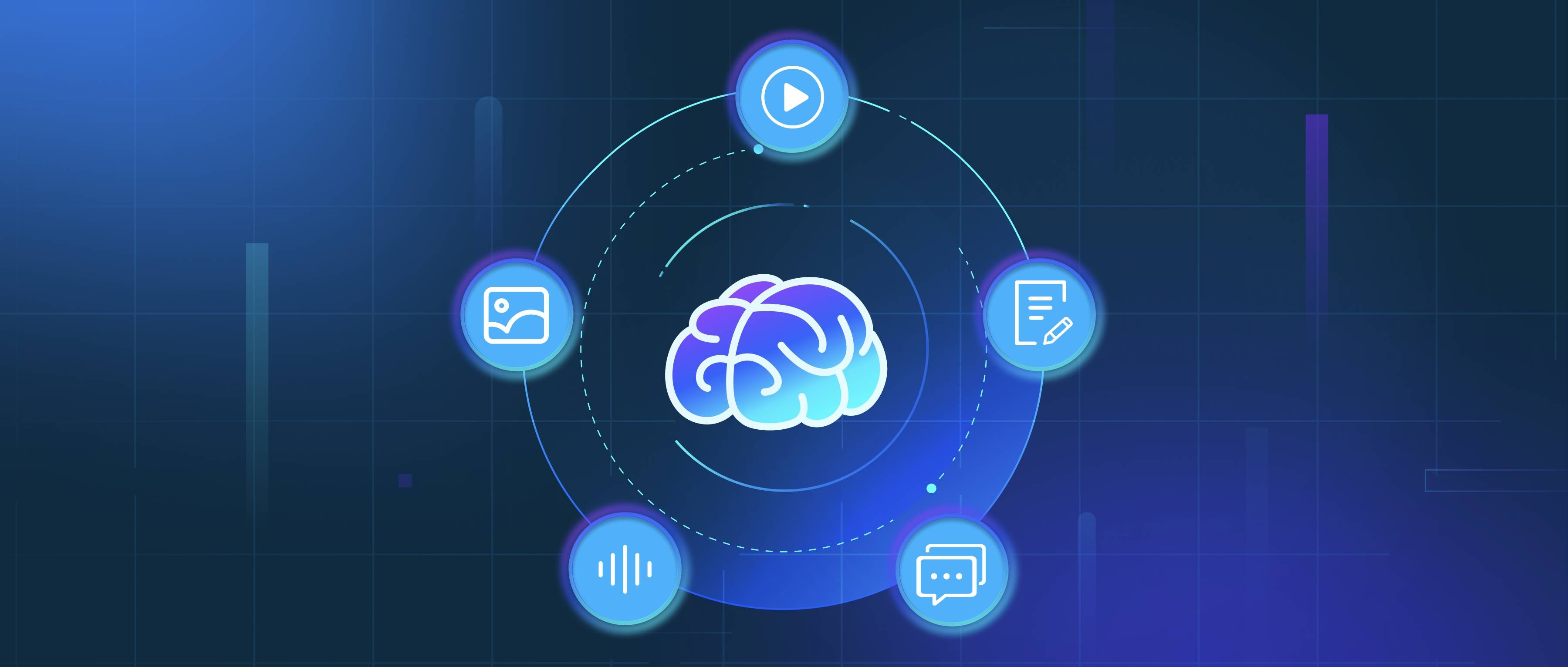The Box-Jenkins methodology is a systematic process for building ARIMA models. It consists of three main steps: model identification, parameter estimation, and model validation. This structured approach ensures that the resulting model accurately captures the patterns in the time series while minimizing complexity. In the identification step, the time series is analyzed to determine its stationarity and seasonal patterns. Techniques like differencing or seasonal adjustments may be applied to prepare the data. The autocorrelation function (ACF) and partial autocorrelation function (PACF) plots are used to identify potential values for the ARIMA parameters (p, d, q). Once the parameters are selected, the estimation step involves fitting the model to the data and optimizing the parameters using methods like maximum likelihood estimation. Finally, in the validation step, diagnostic checks, such as residual analysis and information criteria like AIC, are performed to ensure the model fits well. The Box-Jenkins methodology emphasizes iterating these steps until a satisfactory model is achieved, making it a robust framework for ARIMA modeling.
What is the Box-Jenkins methodology in time series analysis?

- Getting Started with Milvus
- Getting Started with Zilliz Cloud
- Embedding 101
- Information Retrieval 101
- Master Video AI
- All learn series →
Recommended AI Learn Series
VectorDB for GenAI Apps
Zilliz Cloud is a managed vector database perfect for building GenAI applications.
Try Zilliz Cloud for FreeKeep Reading
How do you handle missing data in analytics?
Handling missing data in analytics is a critical task that can significantly impact the accuracy of your results. There
What is a distributed ACID-compliant database?
A distributed ACID-compliant database is a type of database system that operates across multiple servers or locations wh
How do Vision-Language Models handle unstructured visual data like videos?
Vision-Language Models (VLMs) handle unstructured visual data, such as videos, by integrating visual information with na